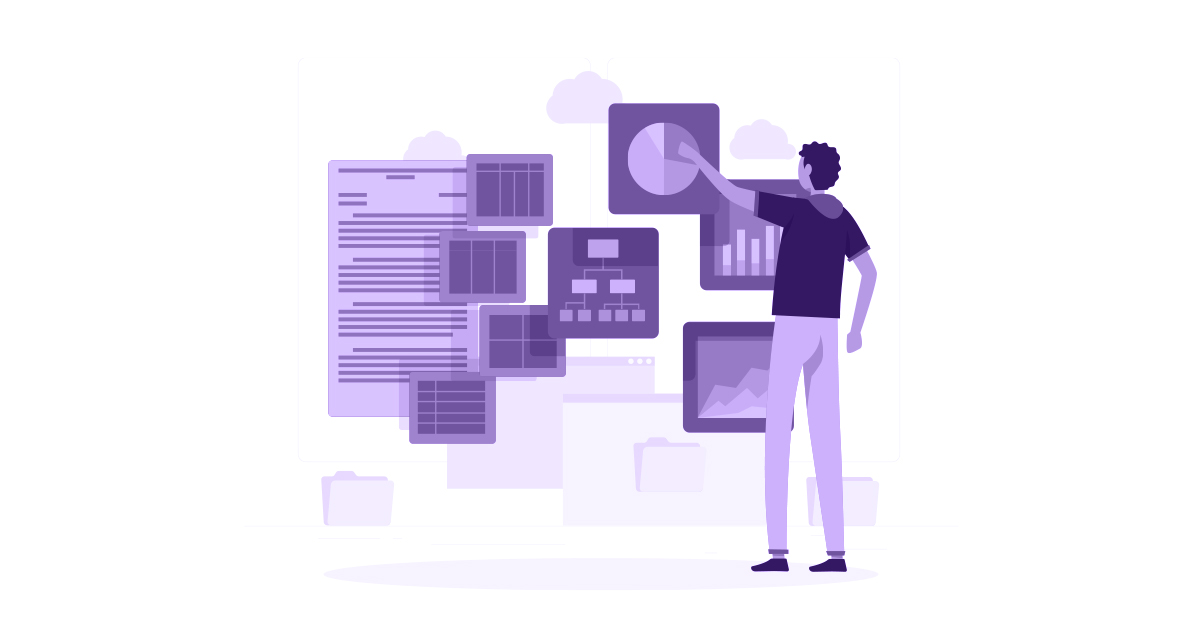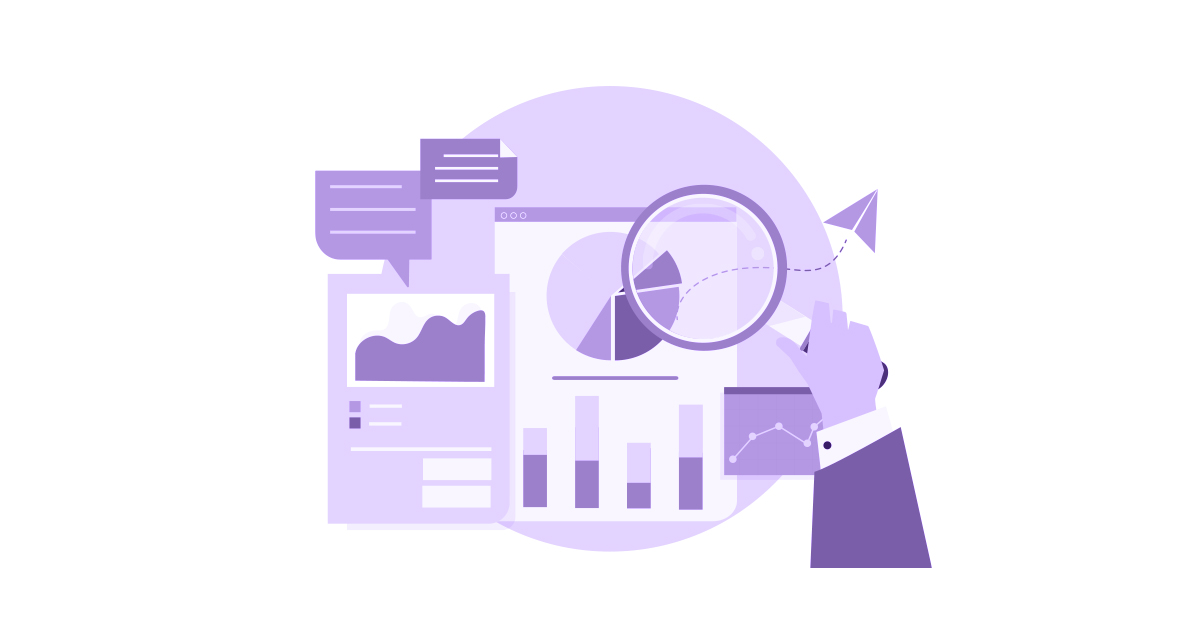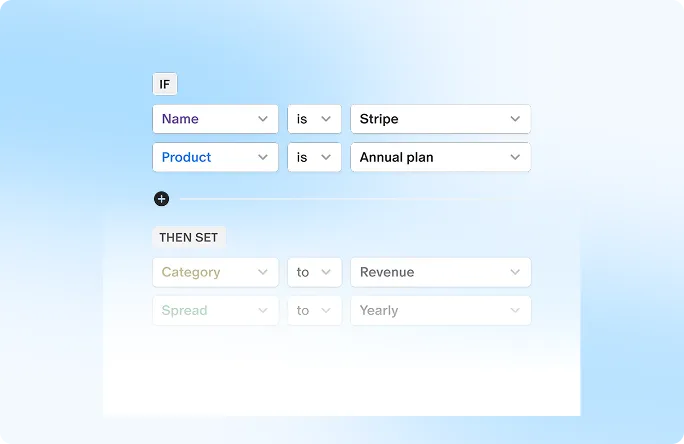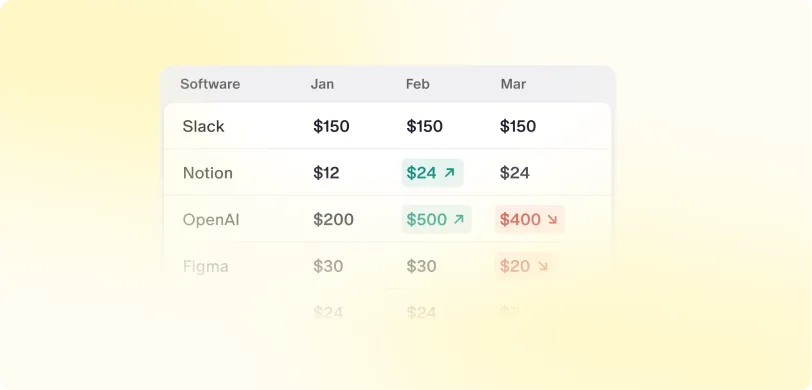Monitoring a portfolio isn't just about tracking numbers. The focus should be on maintaining a detailed understanding of each investment's performance, promptly identifying risks, and ensuring that capital is allocated in the most effective manner possible. For fund managers, this means regular check-ins with portfolio companies, tracking key metrics, and being ready to act when things change.
As markets shift and businesses evolve, portfolio monitoring helps investors stay informed, responsive, and aligned with long-term goals. Whether it's spotting an opportunity to double down or flagging an underperforming asset, timely insights can make all the difference.
This blog breaks down what portfolio monitoring is, why it matters, and how to get it right.
What is Portfolio Monitoring?
Portfolio monitoring is a key part of portfolio management. It is the systematic process of tracking, analyzing, and evaluating the performance of investments within a portfolio over time.
This includes evaluating factors like valuation, revenue, cash flow, and returns as well as qualitative elements such as compliance, governance, and market position.
For fund managers, effective monitoring helps in making timely decisions, managing risks, and keeping limited partners informed about the value and progress of their investments.
How does Portfolio Monitoring work?
The process in Portfolio Monitoring helps translate intent into action:
1. Gather and Consolidate Data
The first step is gathering accurate, up-to-date data across all investments. This includes financial metrics, operational KPIs, compliance updates, and any relevant market or company-specific information. Centralizing this data ensures that all stakeholders are working from a single source of truth.
2. Evaluate Performance and Risk
Once data is collected, it's assessed to understand how each investment is performing. Fund managers look at trends, identify underperforming assets, evaluate emerging risks, and track progress against predefined goals. This step is crucial for spotting patterns and potential issues early.
3. Make Informed Adjustments
Use insights from the evaluation phase to take action-whether that means reallocating capital, revising support strategies for portfolio companies, or initiating exit plans. Timely decisions help maximize returns and reduce downside risk.
4. Continuously Monitor and Refine
Portfolio monitoring is an ongoing process. Regular reviews help ensure alignment with evolving fund strategies, market shifts, and investor expectations. It also keeps limited partners updated with accurate and timely performance insights.
Key Elements to Monitor in Portfolio Monitoring
Effective portfolio monitoring requires attention to several critical areas:
1. Financial Performance: Returns, profitability, cash flow, and valuation changes. Tracking these ensures your investments are meeting expected financial goals.
2. Risk Exposure: Market risk, credit risk, liquidity risk, and concentration risk. Understanding risk helps prevent unexpected losses and maintain portfolio stability.
3. Compliance: Adherence to regulatory requirements and investment guidelines. This protects you from legal issues and keeps the portfolio aligned with client mandates.
4. Market Trends: Monitor relevant market indices, economic indicators, and sector-specific metrics that may impact portfolio performance. This includes interest rates, inflation rates, currency movements, and geopolitical developments.
Primary Purpose of Portfolio Monitoring
The primary purpose of portfolio monitoring is to ensure that investments are performing as expected and continue to align with the investor's financial goals and risk appetite.
1. Track performance
Monitoring helps assess whether each investment is progressing as expected, using clearly defined financial and operational benchmarks to evaluate success.
2. Adapt to market dynamics
It allows investors to respond to external changes such as economic shifts, industry trends, or competitor movements that could impact portfolio outcomes.
3. Mitigate risks
Continuous tracking of metrics and operational indicators enables early identification of potential risks, allowing proactive steps to address them.
4. Spot expansion opportunities
High-performing assets can be identified for additional investment or strategic support, unlocking further value within the portfolio.
5. Ensure compliance
Regular oversight keeps investments aligned with regulatory requirements and internal governance standards, reducing exposure to legal or reputational issues.
6. Build stakeholder confidence
Consistent monitoring enables accurate, transparent reporting to limited partners and other stakeholders, reinforcing trust and accountability.
Components of Portfolio Monitoring
A key element of monitoring is tracking the fund's overall performance across core financial metrics. This includes IRR (Internal Rate of Return), MOIC (Multiple on Invested Capital), TVPI, DPI, RVPI, and FMV. These metrics help evaluate both realized and unrealized returns, offering a clear view of the fund's health at any stage.
2. Operational Performance Monitoring
It's essential to track metrics such as revenue growth, burn rate, customer churn, and unit economics to understand how portfolio companies are performing at a business level. These indicators offer context beyond financial returns and help flag operational risks or areas that need support.
3. LP Reporting and Stakeholder Updates
Timely and consistent communication with limited partners and internal stakeholders is a vital component of portfolio monitoring. Standardized dashboards, quarterly reports, and data rooms help ensure performance insights are shared with clarity and context.
4. Oversight and Risk Controls
Maintaining visibility into governance practices and regulatory compliance is crucial. This involves reviewing board structure, decision-making processes, legal risks, and jurisdiction-specific obligations to ensure every company meets expected standards.
5. Benchmarking and Comparative Analysis
Monitoring also involves comparing portfolio performance against industry benchmarks or prior fund vintages. Benchmarking adds context to results, helping managers assess whether performance is strong relative to the market or peer funds.
6. Exit Planning and Liquidity Events
Monitoring helps shape and time exit strategies across the portfolio. This includes evaluating readiness for IPOs, exploring M&A pathways, and modeling returns through waterfall structures-ensuring alignment on distribution outcomes.
Benefits of Portfolio Monitoring
The portfolio monitoring benefits are substantial:
1. Informed Decision-Making: Access to comprehensive, accurate data enables better strategic choices.
2. Risk Mitigation: Early identification of risks allows for timely intervention, reducing potential losses.
3. Performance Optimization: Continuous assessment and rebalancing help maximize returns.
4. Regulatory Compliance: Automated monitoring ensures adherence to complex regulations, reducing the risk of penalties.
5. Transparency and Trust: Regular, clear reporting strengthens relationships with investors and stakeholders.
6. Operational Efficiency: Streamlined processes and technology reduce manual workload and errors.
Conclusion
Portfolio monitoring goes beyond tracking numbers. It brings structure, visibility, and insight to how capital is performing and where it needs attention.
Success in portfolio monitoring ultimately depends on recognizing it as an ongoing process rather than a one-time implementation. The most effective monitoring systems evolve continuously, adapting to changing circumstances while maintaining focus on fundamental objectives of risk management, performance optimization, and stakeholder value creation.
Ultimately, disciplined portfolio monitoring builds confidence, reduces surprises, and helps achieve long-term success.


 Equity management
Equity management

 Fund management
Fund management

 Fund management
Fund management

 Fund management
Fund management






































